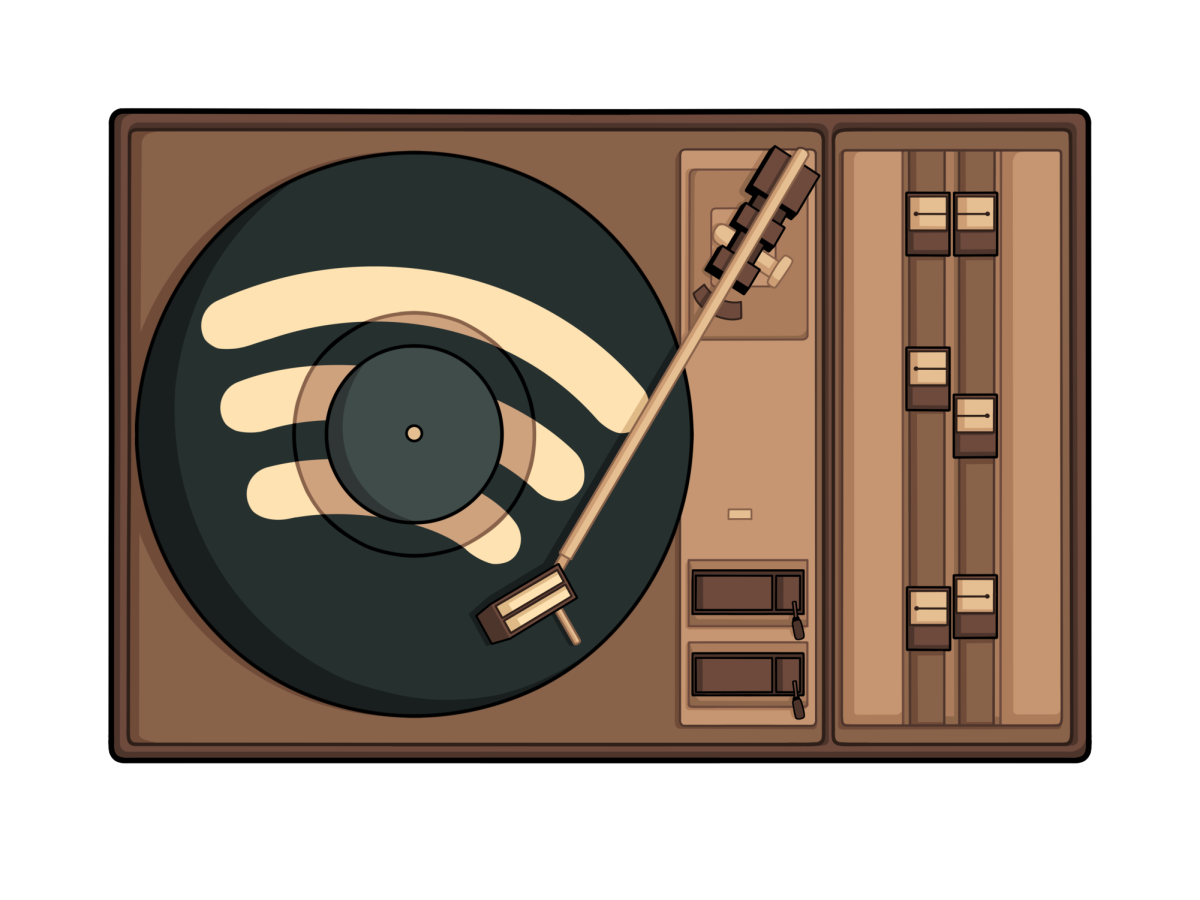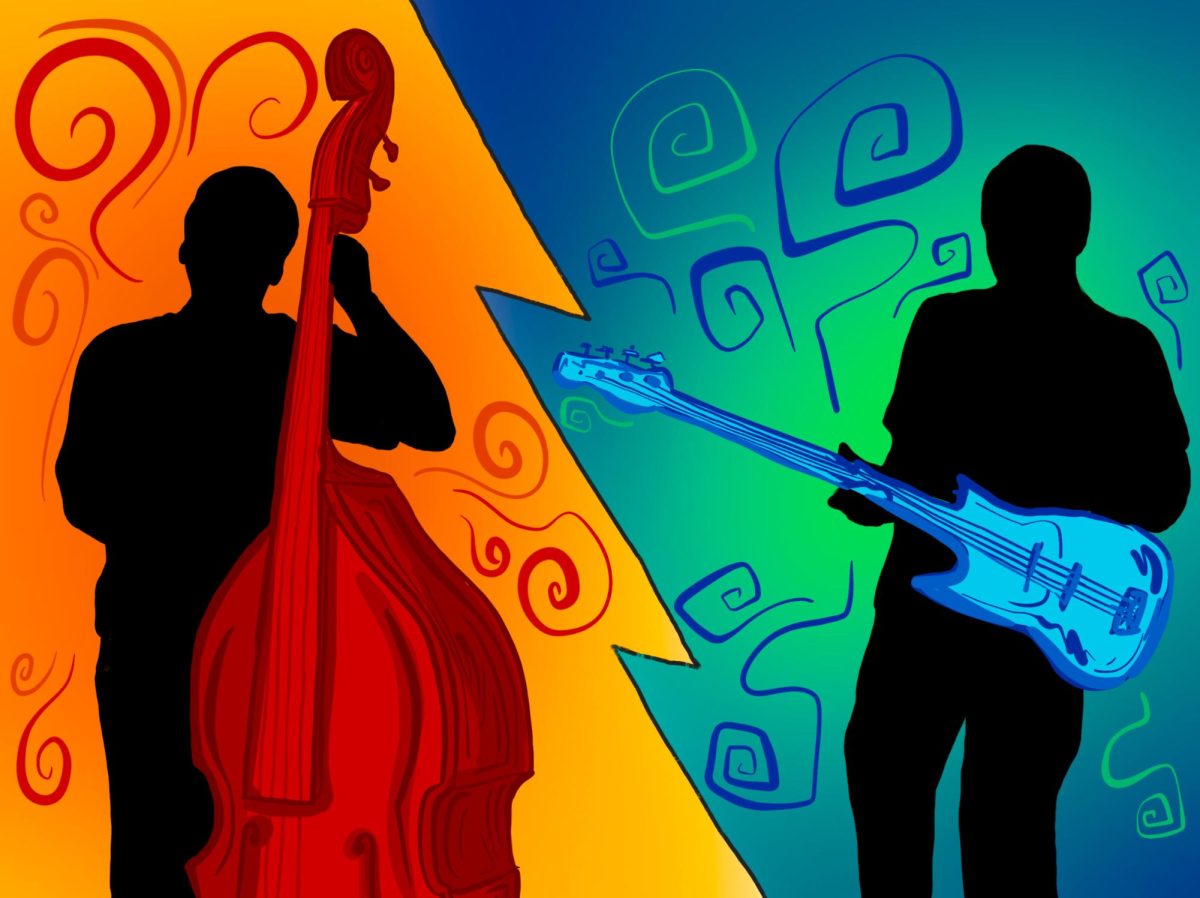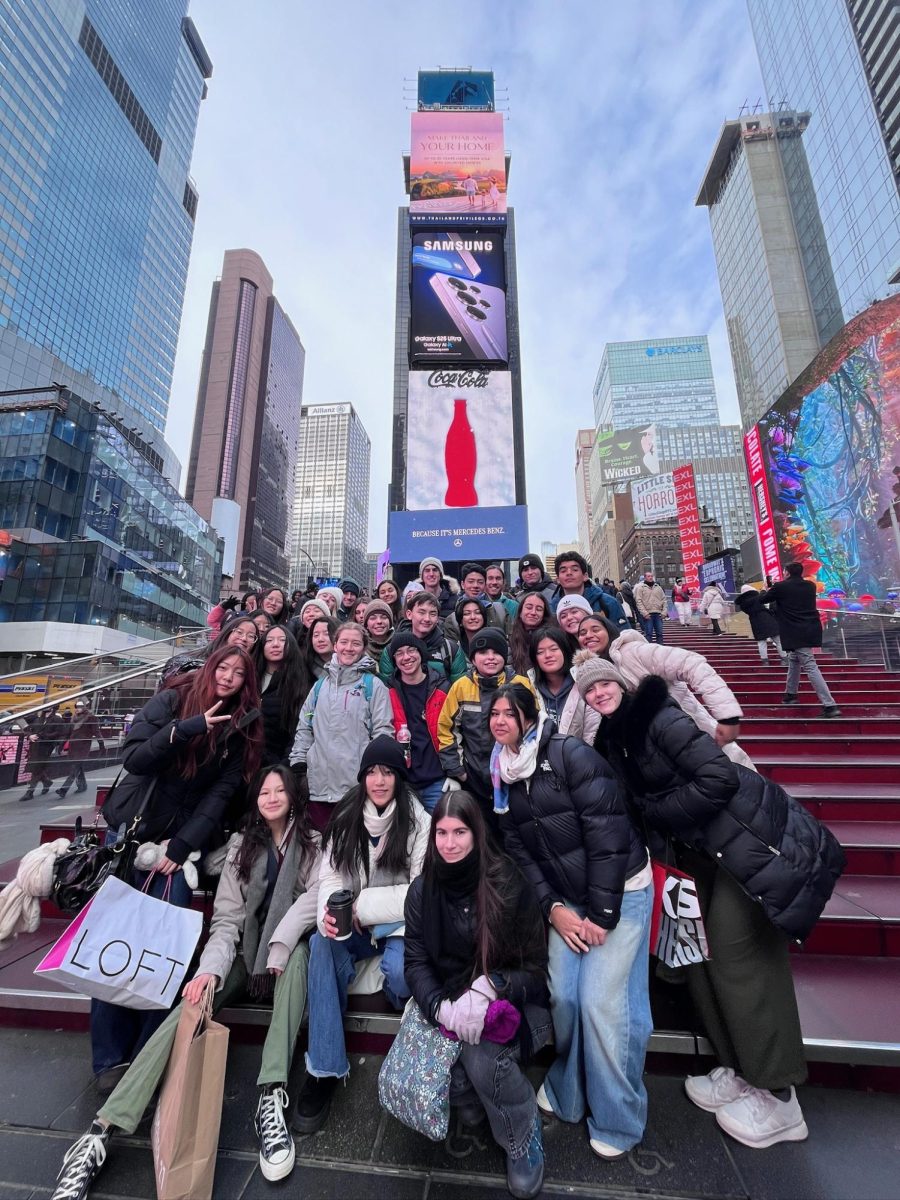Since the introduction of the first music streaming service named Napster in 1999, the music industry has undergone many changes.
Before streaming services, consumers would typically buy music in albums. Listeners couldn’t pick and choose from an artist’s catalog like today. They had to be sold not just on a single song but the whole project. Because of this, albums as a whole were more cohesive and connected than what we get today. You were meant to listen to them front to back rather than taking your favorites and putting them in a playlist.
An instrumental, quieter track can be important in an album, acting as a tool for pacing and atmosphere. However, now that there is no need to listen to an album as a whole, these ambient tracks are left behind. Only the peaks of the album remain, while any surrounding build-up is omitted.
Albums have become less a complete work of art and more a collection of disconnected songs. The album The Downward Spiral by Nine Inch Nails is an example of a comprehensive album. The album earns its title, with the lyricism and music progressively becoming more harsh and depressing until its climax. Lyrical and musical motifs are also common throughout, making the album not just a collection but a complete picture. Albums like this are rare now because listeners consume music as pieces rather than wholes.
Besides changing the way music is released, streaming has influenced the direction of emerging artists. One pro of streaming music is accessibility. Artists don’t need to spend the money to have their music printed and can just upload what they record onto the service.
Additionally, streaming has made it easier for artists to grow in popularity. When you have to buy a specific record, there is an aspect of risk to it, especially with an artist you’ve never heard of. You can’t be sure of the quality of the music as you’re buying based only off of the album cover. With streaming, this risk is taken away. Because listeners don’t have to buy the album, they can try a variety of artists without potentially wasting their money. This allows new artists to garner an audience faster because listening to their music becomes an investment of time rather than money.
Despite the newfound possibility of exposure and accessibility, artists are still at a financial deficit because of streaming services. The revenue they make from royalties is far from what they would make selling albums independently, with 1,000 streams on Spotify equating to only three dollars. With this issue becoming more prominent, many artists begin to rely more heavily on touring as well as merchandise. Music as a career has become even less viable, and without change many artists will be forced out of their dreams before they can reach them.





